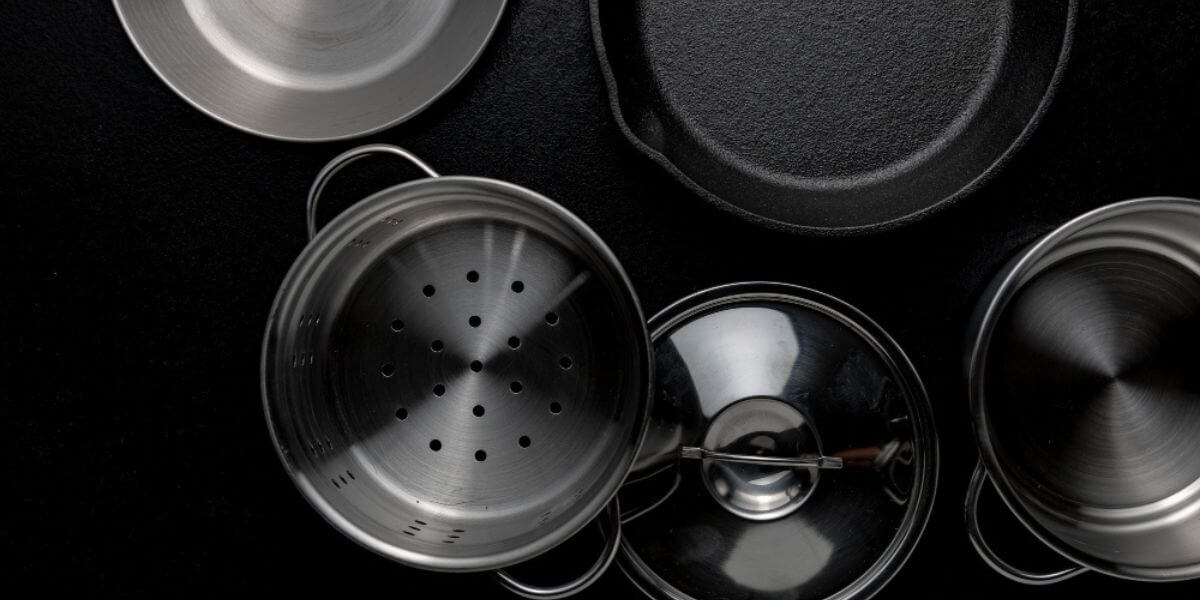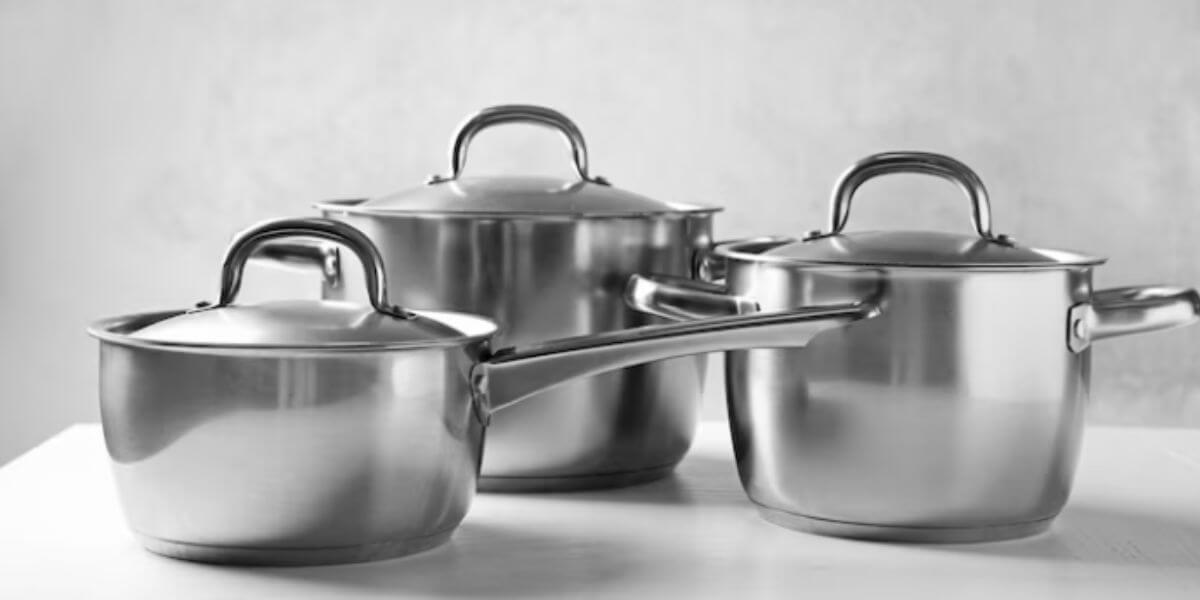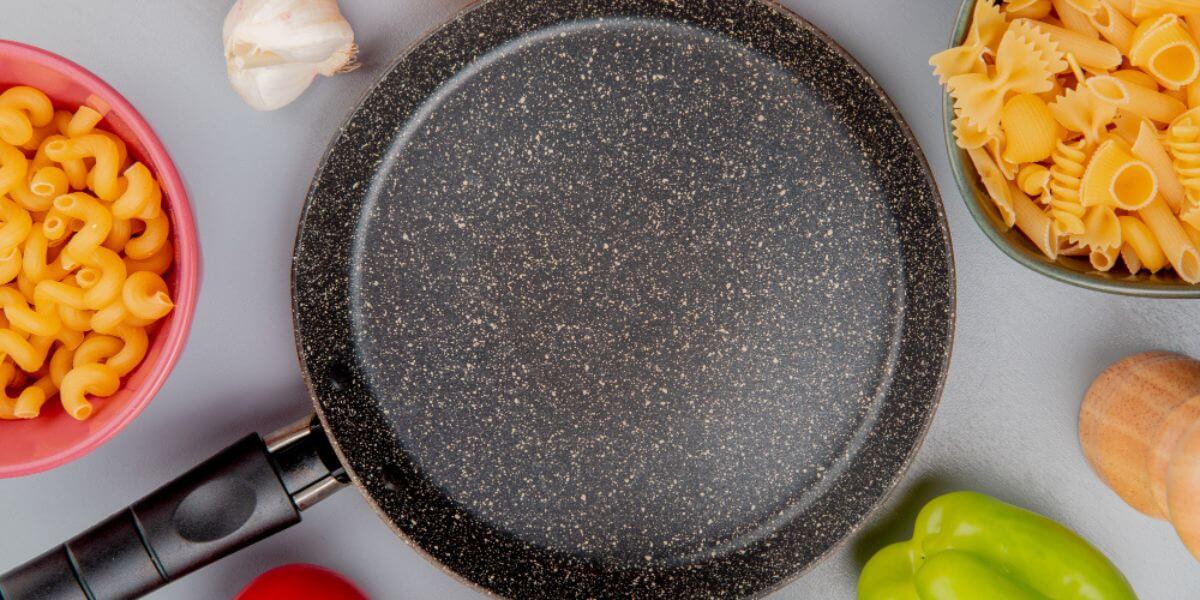Fusion Guard Cookware: What You Need To Know
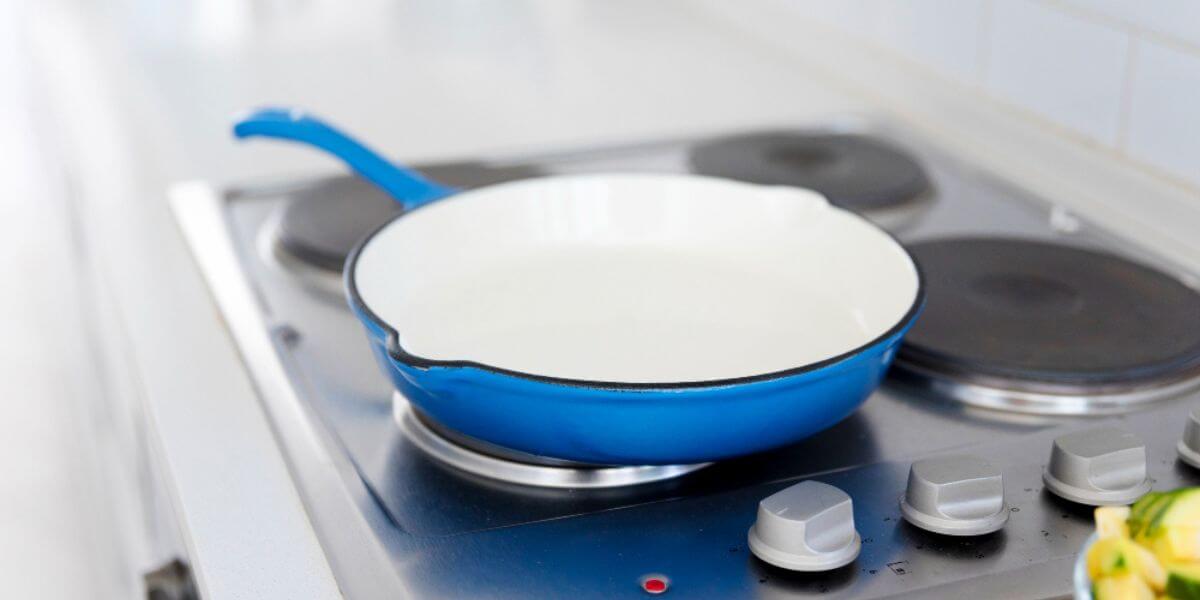

Cooking is an art that requires the right tools and techniques. In recent years, the culinary world has witnessed remarkable advancements in cookware technology. One such innovation that has gained significant attention is Fusion Guard Cookware.
Introduction
Cooking is not just about preparing delicious meals but also about using the right tools. Innovative cookware that improves cooking experiences has become increasingly popular in recent years. One such advancement is Fusion Guard Cookware, which combines cutting-edge technology with traditional cooking methods. Here, we will explore the benefits, features, selection tips, and safety considerations of Fusion Guard Cookware.
Benefits of Fusion Guard Cookware
Fusion Guard Cookware offers numerous advantages, making it popular among cooking enthusiasts. Firstly, it ensures even heat distribution, allowing for uniform cooking and eliminating hot spots. This results in perfectly cooked meals every time. Additionally, Fusion Guard Cookware is highly durable and resistant to scratches and warping, ensuring longevity and value for money. It also provides excellent heat retention, which helps keep food warm for extended periods.
Features of Fusion Guard Cookware
Fusion Guard Cookware is designed with several innovative features. One notable feature is its non-stick surface, which minimizes the need for excessive oil or butter during cooking, making meals healthier. Cleaning is also a snap, as food particles will likely stick to the surface thanks to the non-stick coating. Fusion Guard Cookware also frequently has ergonomic handles that remain cool, making for a comfortable and secure cooking experience.
How to Choose the Right Fusion Guard Cookware
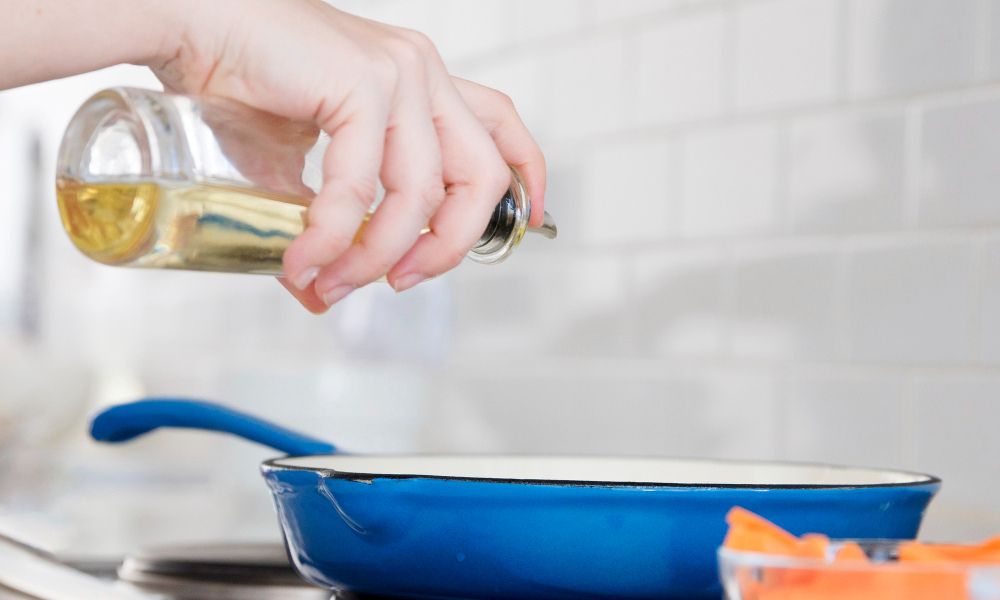
When selecting Fusion Guard Cookware, it’s essential to consider a few factors:
- Determine the size and type of cookware you need based on your cooking preferences and family size. Consider the materials used in the construction, such as stainless steel or aluminum, and ensure they are high quality.
- Check for compatibility with different heat sources, including induction cooktops.
- Read customer reviews and evaluate prices to make wise decisions.
Tips for Using Fusion Guard Cookware
Here are some expensive tips to make the most out of your Fusion Guard Cookware. Preheat the cookware before adding ingredients to ensure even cooking. Avoid using metal utensils that may scratch the non-stick surface; opt for silicone or wooden spoons. To minimize deterioration and extend the lifespan of the cookware, use low to medium heat settings. Finally, follow the manufacturer’s instructions for specific care and maintenance guidelines.
Cleaning and Maintenance
Proper cleaning and maintenance are crucial for preserving the quality of Fusion Guard Cookware. After cooking, allow the cookware to cool before washing it. Handwashing with mild dish soap and a soft sponge is recommended to avoid damaging the non-stick coating. Avoid using scouring pads or other abrasive cleaners that could scratch the surface. Some Fusion Guard Cookware is dishwasher-safe but always refer to the manufacturer’s instructions for the best care practices.
Comparison of Fusion Guard Cookware with Traditional Cookware
It offers several advantages over traditional cookware options. Unlike conventional pans, Fusion Guard Cookware ensures uniform heat distribution, preventing overcooking or undercooking of food. The non-stick surface reduces the need for excessive oil or butter, promoting healthier cooking. It is often more durable and scratch-resistant than traditional cookware, making it a valuable long-term investment.
Safety Considerations
While Fusion Guard Cookware is generally safe, following safety guidelines is essential. Always use pot holders when oven mitts are handling hot cookware. Avoid overheating the cookware, as this may damage the non-stick coating. Keep the handles away from direct flame or heat sources to prevent burns. Lastly, store the cookware properly, ensuring it is not stacked or stored in a way that may cause damage.
The Future of Fusion Guard Cookware
As technology advances, we can expect further improvements in Fusion Guard Cookware. Manufacturers will likely explore new materials, designs, and features to enhance the cooking experience. Integrating innovative technology and connectivity might also become prevalent in Fusion Guard Cookware, providing users with more control and convenience in the kitchen.
Conclusion
Fusion Guard Cookware revolutionizes cooking, combining technological advancements with traditional cooking methods. Its benefits, including even heat distribution, durability, and non-stick surfaces, make it an excellent choice for any kitchen. By following the selection tips, usage guidelines, and proper care and maintenance practices, you can enjoy the advantages for years to come.
Frequently Asked Questions
Can I use metal utensils with Fusion Guard Cookware?
Metal utensils with Fusion Guard Cookware are not recommended as they scratch the non-stick surface. Opt for silicone or wooden spoons instead.
Is Fusion Guard Cookware dishwasher-safe?
Some Fusion Guard Cookware models are dishwasher-safe, but it’s best to consult the manufacturer’s instructions to ensure proper care.
Is Fusion Guard Cookware dishwasher-safe?
Some Fusion Guard Cookware models are dishwasher-safe, but it’s best to consult the manufacturer’s instructions to ensure proper care.
What should I do if the non-stick coating of my Fusion Guard Cookware starts to peel?
If you notice the non-stick coating peeling off, it is advisable to discontinue use and replace the cookware. The peeling layer can affect the quality and safety of cooking.
Where can I purchase Fusion Guard Cookware?
Fusion Guard Cookware is available in various kitchenware stores and online retailers. Check reputable sellers and read customer reviews for reliable options.
